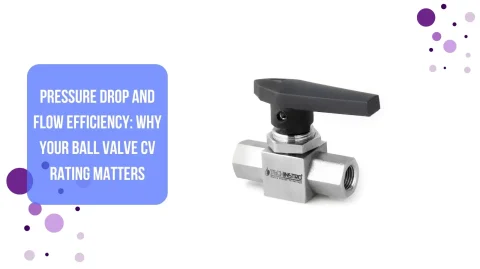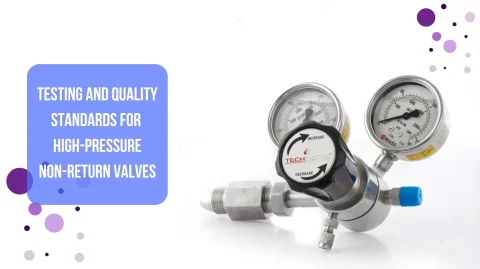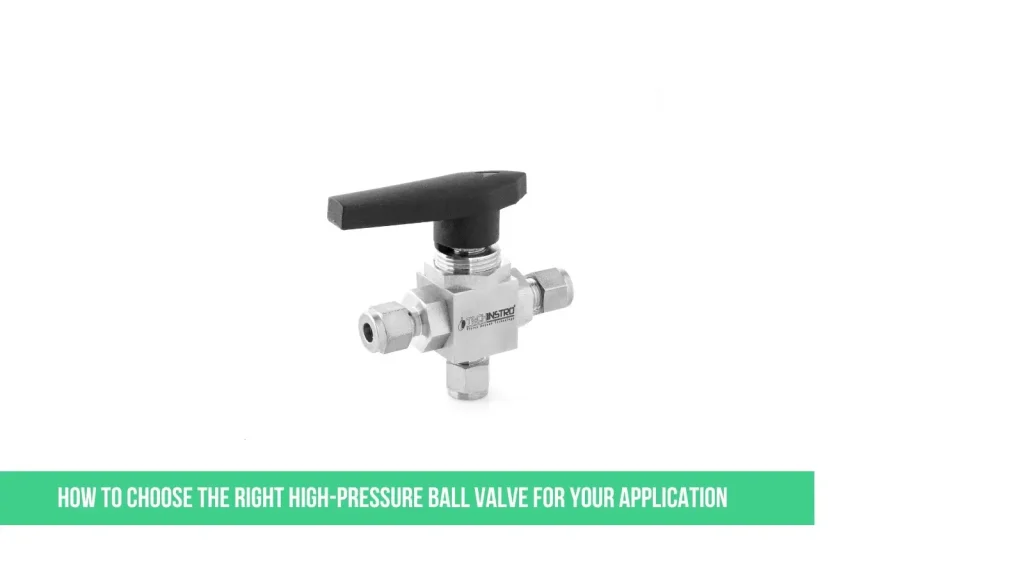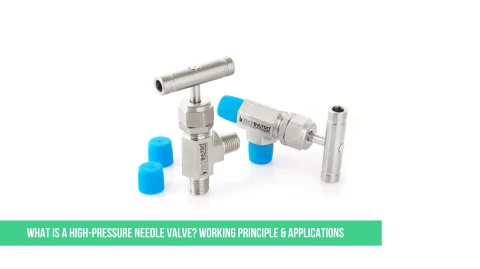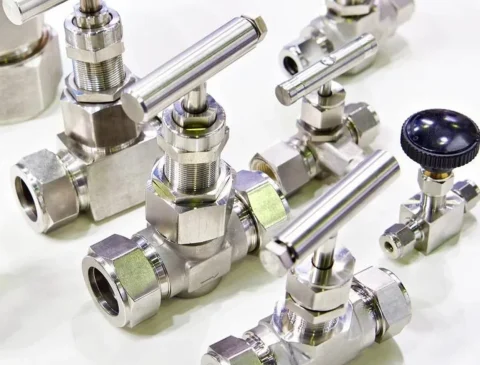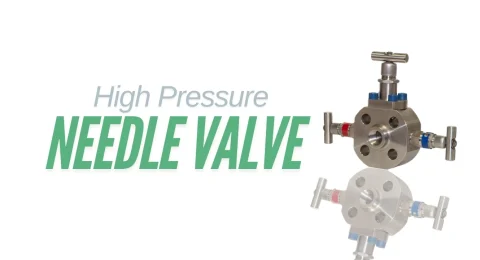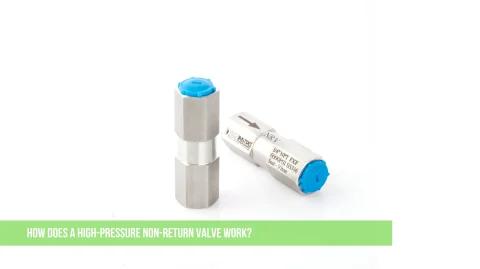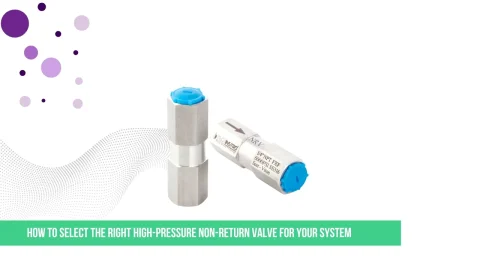High-pressure ball valves are used to control the flow of liquids or gases in systems that operate under high pressure. Choosing the right one is essential to ensure safety, performance, and durability.
Understand What a Ball Valve Does
A ball valve uses a small, round ball with a hole in it to control flow. When the hole lines up with the pipe, the fluid flows. When it’s turned, the flow stops.
Know Your Pressure Requirements
Check how much pressure your system handles. High-pressure ball valves are designed to withstand pressures exceeding those of regular valves — often up to 10,000 psi or more. Always choose a valve rated above your system’s maximum pressure for safety.
Choose the Right Material
Different materials suit different environments:
- Stainless Steel – Good for corrosion resistance and durability. Great for chemicals or water.
- Brass – Suitable for general-purpose use, but not ideal for high temperatures or corrosive media.
- Carbon Steel – Good for high pressure and temperature, but may rust without coating.
Look at Temperature Ratings
Ensure the valve can withstand the operating temperature of your application. Some valves are made to work in extreme heat or cold.
Pick the Right Size
The valve size must match the pipe size to ensure smooth flow and pressure control. Standard sizes are ¼”, ½”, 1″, etc.
Decide on the End Connection
Ball valves come with different end types:
- Threaded (Screw-in) – Easy to install and replace.
- Welded – More permanent and more substantial.
- Flanged – Common in industrial setups for heavy-duty sealing.
Check for Certifications
For sensitive or critical industries, such as gas, oil, or pharmaceuticals, ensure the valve has proper certifications (e.g., ISO, CE, or API).
Consider Flow Control Type
Some valves are 2-way (on/off), while others are 3-way or multi-port for changing flow direction. Choose based on your system design.
